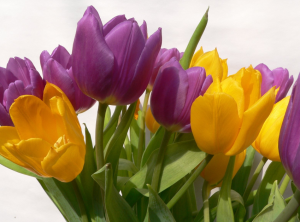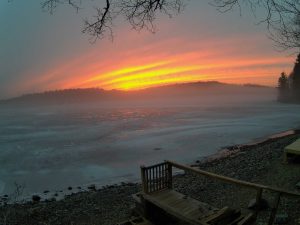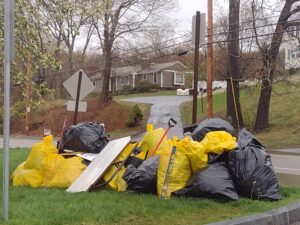Invasive Species
What is An Invasive Species?
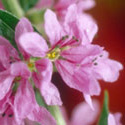
Many species that are found in Lake Singletary were originally brought here from other places around the world and these species are called non-native or exotic. Although many non-native species such as Purple Loosestrife are beautiful, they can be extremely destructive to the environment because they disrupt the delicate balance of the ecosystem. Some exotic species are harmless, but others can have a very detrimental impact on the environment by out-competing native species and taking over the water body. Once a species, native or non-native, dominates or disrupts the biological community it is considered invasive.
How Did They Get here?
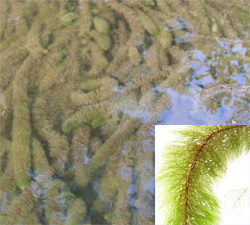 Exotic, or non-native species have been introduced in a variety of ways including unintentional introduction from boat hulls/propellers and accidental release through the aquarium or water garden trade. Others were deliberately imported and planted as colorful additions to gardens and ponds.
Exotic, or non-native species have been introduced in a variety of ways including unintentional introduction from boat hulls/propellers and accidental release through the aquarium or water garden trade. Others were deliberately imported and planted as colorful additions to gardens and ponds.
Why Are They Harmful?
 Since exotic species originated in other regions, most have not evolved natural predators in this region to keep their populations in control. In recent years, exotic invasive species have been spreading throughout Massachusetts’ lakes at an alarming rate. Exotic invasive species out-compete other species for space, light and nutrients. Since these plants often do not provide ideal sources of food and shelter, as native plants die, many of the animals that were dependent on native plants must attempt to relocate or perish. In essence, exotic invasive species often create single species stands, thus reducing biodiversity. Once established in a lake they are almost impossible to eradicate and managing them is very costly. Infestations of invasive species can lower property values, decrease aesthetic values, restrict movement of vertebrates, stunt fish growth, displace wildlife and in some cases damage docks, dive gear and boat motors.
Since exotic species originated in other regions, most have not evolved natural predators in this region to keep their populations in control. In recent years, exotic invasive species have been spreading throughout Massachusetts’ lakes at an alarming rate. Exotic invasive species out-compete other species for space, light and nutrients. Since these plants often do not provide ideal sources of food and shelter, as native plants die, many of the animals that were dependent on native plants must attempt to relocate or perish. In essence, exotic invasive species often create single species stands, thus reducing biodiversity. Once established in a lake they are almost impossible to eradicate and managing them is very costly. Infestations of invasive species can lower property values, decrease aesthetic values, restrict movement of vertebrates, stunt fish growth, displace wildlife and in some cases damage docks, dive gear and boat motors.More on Invasive Species...
Related Links


